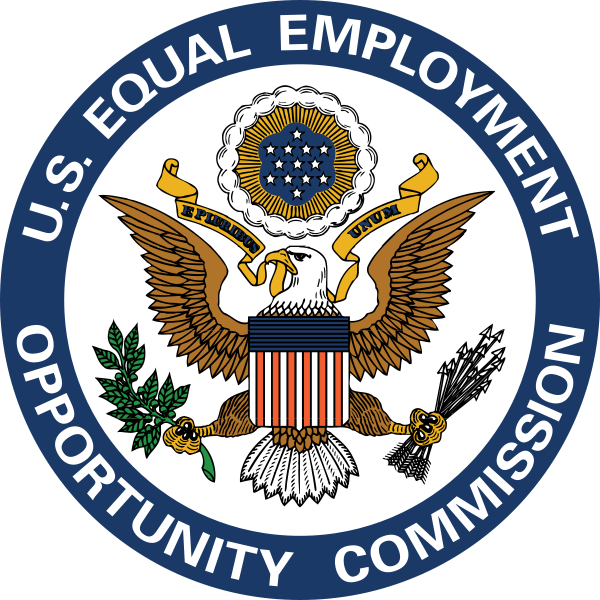Search
5 HR Essentials from the #EEOC’s New Pregnancy Discrimination Guidance
On the heels of yesterday’s astounding blogging success, “What LeBron’s return teaches employers about accommodating the Mark of the Beast” — Pulitzer, please — I was planning on coming at you today with “Five Workplace Lessons from Dutch Soccer’s Third Place in the World Cup.” It was going to have this cute Orange is the New Black theme, but then, the Twitterz spoke.
@EEOCNews just issued updated #Pregnancy Guidance. Check it out now: http://t.co/4L7HB9TV7a #EEOC
— EEOC.gov (@EEOCNews) July 14, 2014
@Eric_B_Meyer @danielschwartz For your next blog posts: My statement on the pregnancy guidance: http://t.co/4YYfF4yfmU
— Chai Feldblum (@chaifeldblum) July 14, 2014
Raise your hand if one of the U.S. Equal Employment Opportunity Commissioners told you what to blog about today. Quit showing off, Dan Schwartz, put your hand down.

So, it looks like we’ll be talking pregnancy discrimination today.
Yesterday, the U.S. Equal Employment Opportunity Commission issued Enforcement Guidance on Pregnancy Discrimination and Related Issues, a FAQ and a Fact Sheet for Small Businesses.
A split in opinion among the EEOC Commissioners.
The final vote on the guidance was 3-2 in favor. You can read EEOC Commissioner Feldblum’s on Approval of the Enforcement Guidance here. She praised the Commission’s position in its Enforcement Guidance as “simple” and based “on a plain text reading of the PDA.”
And then you’ve got Commissioner Lipnic’s statement disapproving of the EEOC guidance here. In particular, Commissioner Lipnic questioned the timing of the guidance (right before the Supreme Court is set to rule on this case), and without first making the EEOC’s Guidance available for public comment.
Commissioner Barker too criticized the EEOC Guidance here. In particular, she panned it not only for its timing, but also for requiring employers to provide the types of accommodations for pregnant employees that the Americans with Disabilities Act requires for disabled individuals.
(Commissioners: If you’d like to continue this debate, I have plenty of blog space available for you. It’s not all Ramadan Bagel Parties and me contemplating ADA accommodations for female masturbation. Just sayin’).
Five takeaways for employers.
As you all should know, the Pregnancy Discrimination Act, which is part of Title VII, makes it unlawful to discriminate in the workplace based on pregnancy, childbirth, or related medical conditions. The new EEOC Guidance, however, highlights a few issues of which employers should take particular note. Here are five of ’em:
- Not only is it unlawful to discriminate against an employee who is currently pregnant, but discrimination based on past pregnancy and a woman’s potential to become pregnant also violates the law.
- You can’t require a pregnant employee who is able to do her job to take leave — even out of genuine care for the employee or the fetus. More on that here and here.
- Lactation is a pregnancy-related medical condition. Duh!
- Employers who provide health insurance benefits must also provide insurance that includes coverage of pregnancy, childbirth, or related medical conditions.
- Employers must offer light duty to pregnant employees if a light duty position is available.
The guidance also includes, well, guidance, on the interplay between pregnancy and the Americans with Disabilities Act and offers a list of employer best practices.
And since we’re on the subject, I’d be remiss if I didn’t ask. If anyone out there is available to babysit my four kids this weekend so that the wife and I catch dinner and the late showing of Dawn of the Planet of the Apes (her choice), holler at me.
 The Employer Handbook Blog
The Employer Handbook Blog


